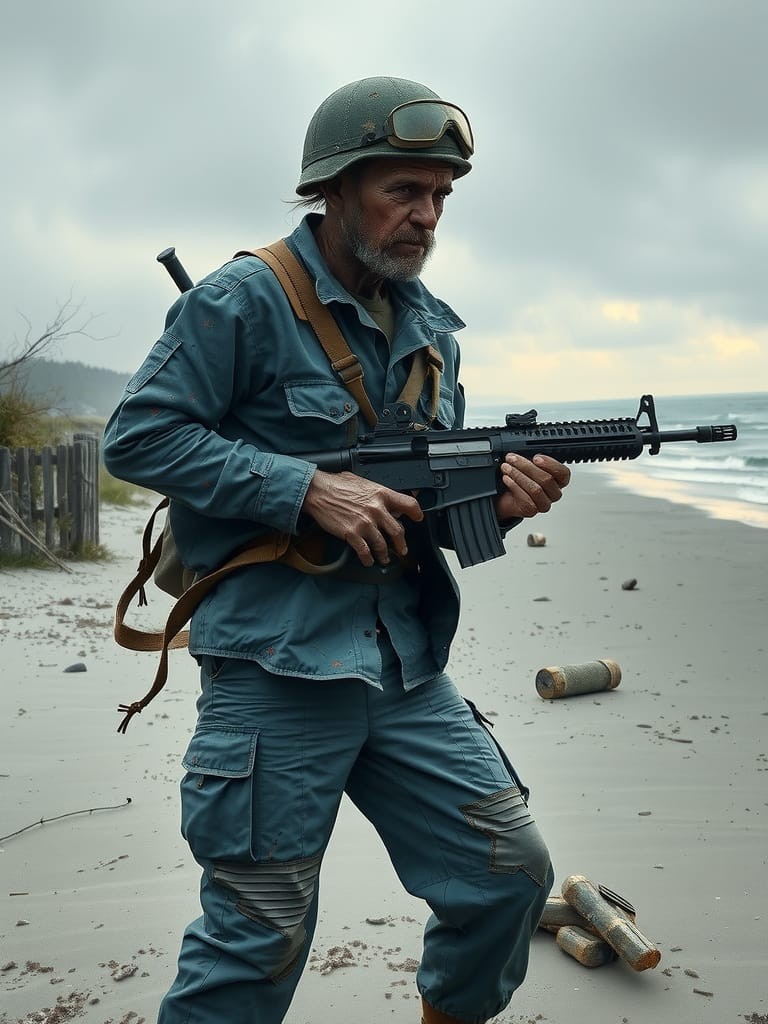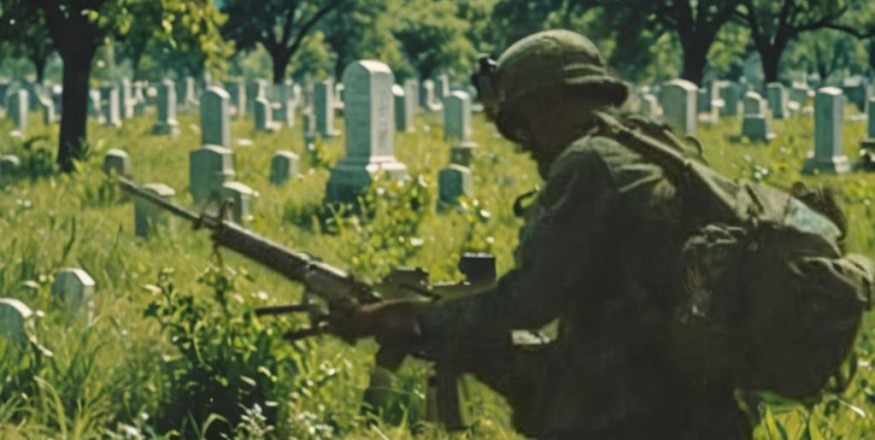 x
x
Every picture tells a pained story---ROD STEWART19Please respect copyright.PENANALxonVLHEMl
19Please respect copyright.PENANA8qBK3VXkiD
19Please respect copyright.PENANAe8ljY7xDo5
It was one of those years, good and bad all balled up into one rolling stone. '68, the year of the election, of revolt, the Airplane, Doors, and Sergeant Pepper, Big Bang and Little Bang, Fort Liberty; an incredibly mad year.
Life got the idea from us lowly guys out in the field to do a piece on how the GIs were deciding to vote. For once the military were going to look good. The bureau split up into teams and set off for different quarters of the four Corps. Dale Wittner and I drew the 9th Division down near Cypress Bend, Mississippi in the heart of the Mississippi Delta and choppered out to a company plugging the swamps on an anti-horde patrol. We filtered down to a fire team of three draftees, two white cats and a black guy. Voting wasn't exactly one of their top priorities. They stayed stoned day in day out. One spent the day making really snappy driftwood pipes and attaching repurposed brass stems wrapped with vibrant stripes of bandanna fabric emblazoned with star-spangled motifs, the rest of the time smoking Southern Red in them. He and I hit it off really well: we traded Appalachian Green for the Red. Evened the U. S. of A out for a few moments, and he made a full page in the magazine; his black buddy wound up on a Motown album cover.









The grunts even had a Hunter of the Month ceremony for the most together guy of the moment; he got a medal and a few days of R&R at a safe zone before being sent back to normal—if there even was such a thing as "normal" anymore.
Shortly after I got back stateside in '68, before the Halloween Uprising, I realized that I wanted to shoot portraits and put together a big piece, maybe a book, called The Eyes of Survival. I’d go out for days, riding high on a Time/Life accreditation card to get into the wildest places—sometimes on assignment, sometimes not—just to capture those faces, those eyes. It didn’t matter whose. Just eyes and faces. It somehow seemed like the only way to shoot the war.
Anticipation, fear, relief—the emotions all poured out at once. You really had to focus on the people in the choppers; it was like being inside a giant blender, the chaos spinning around you. But the light—machine-lit, subtle—cast everything in rich, oil-painting tones, the kind that turn chaos into something almost beautiful. The file built up, getting more concentrated after field trips, long-range patrols, and refueling in the pouring rain. More GIs were voting for nobody. Ranger advisers were pushing deep into the Louisiana bayous on assignment for Life, while black machine-gunners sat stoned and mosquito-bitten south of Memphis. LURP deer-hunter lookalikes prowled through the pine barrens, tracking "Zulu" for George Patton Junior’s Cromwells and Comets—lightweight British lend-lease relics from World War II—boring at you out of their steel trailers, the black guy from Force Recon after a week out there, the grunts, officers, medics, the whole mix of survivors—cops, sheriff’s deputies, National Guardsmen—dead or alive. Those eyes could’ve kept me there forever; it never seemed like I had enough to fill a book.
Occasionally, a few would make it into print, but mostly they sat in box files, shuffled into slide shows, as if that could erase why they’d been taken—or why I had been there in the first place.
ns18.117.172.41da2





















